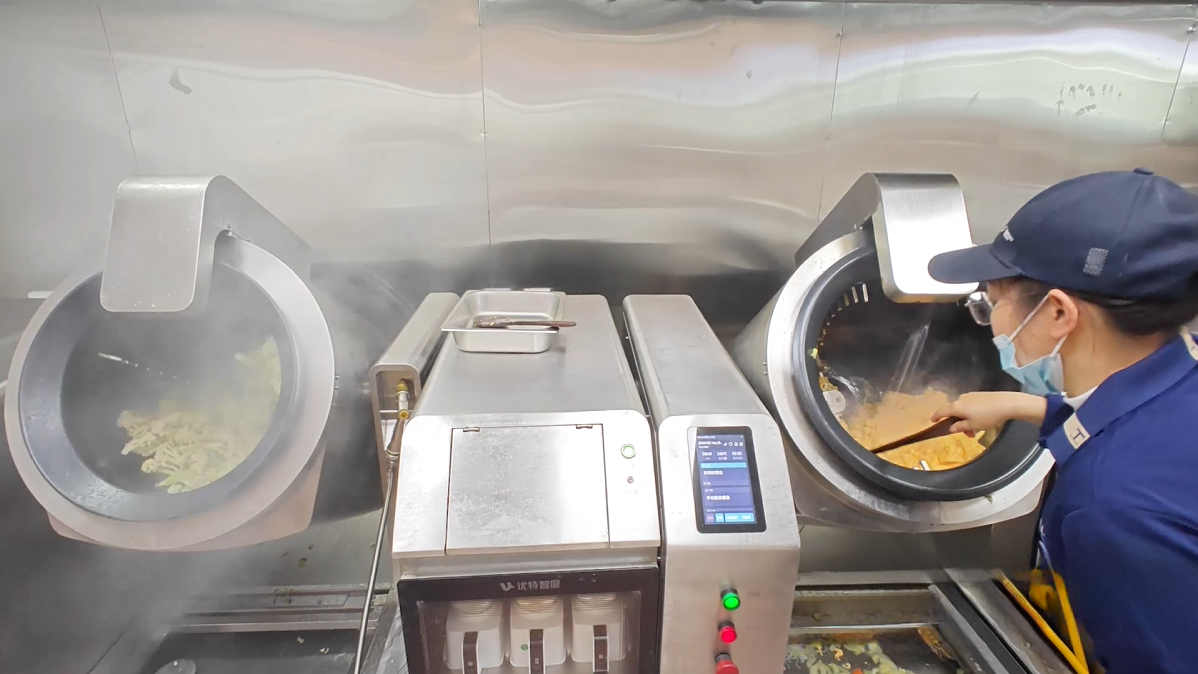What Are the Energy Efficiency Standards for Commercial Stir Fry Equipment?
Table of Contents
- 1. Standards Overview
- 2. Regional Comparisons
- 3. Certification Requirements
- 4. Compliance Flowchart
- 5. Best Practices
Commercial Stir Fry Equipment Energy Efficiency Standards – 55% Minimum Thermal Efficiency
As commercial kitchens worldwide seek to cut costs and emissions, understanding the precise energy efficiency benchmarks for Auto Commercial Stir Fry Machine is critical. ENERGY STAR certification is one of the most recognized marks for low energy consumption. Thermal efficiency measures how well a cooker converts input energy into heat for food preparation. By comparing energy consumption ratings, operators can select models that minimize waste.

1. Regulatory Benchmarks
Most regions mandate a minimum thermal efficiency of 50–60%. Exceeding these thresholds not only ensures compliance but can unlock rebates or tax breaks for eco-friendly kitchen upgrades.
Case Study: EU EcoDesign Directive
Under EcoDesign, commercial cooking appliances must achieve ≥55% thermal efficiency by 2023. This rule drives manufacturers to innovate.
2. Regional Comparisons
| Region | Min. Efficiency | Max. Input Power | Label System |
|---|---|---|---|
| USA (DOE) | 50% | 18 kW | EnergyGuide |
| EU (EcoDesign) | 55% | 16 kW | EcoLabel |
| China (GB Standards) | 52% | 20 kW | China Energy Label |
Note: No matter what performance standard of automatic cooking pot you need in your area, UTCOOK can provide you with the one that meets your needs.
3. Certification Requirements
To earn official certification, equipment must pass standardized lab tests measuring heat transfer, idle losses, and recovery time. Certificates typically last 5 years before re‑validation.
Data Spotlight
A recent lab test showed certified wok ranges deliver 57% average efficiency, 7% above the US baseline.
4. Compliance Flowchart
Step-by-Step Compliance Flow:
- Measure current energy usage (kW/h).
- Compare results to regional min. efficiency.
- Upgrade to models with integrated heat recovery systems.
- Submit equipment for lab testing and certification.
- Display label and track performance annually.
5. Best Practices for Operators
Adopt these strategies to maximize ROI, reduce utility bills, and support sustainability goals:
- Preheat only when necessary to limit idle energy loss.
- Regularly clean burners and exchangers for peak performance.
- Schedule annual maintenance to detect inefficiencies early.
- Train staff on eco-friendly cooking routines for consistent results.
- Consider investing in eco-friendly kitchen equipment with advanced heat controls.
For reliable, high-efficiency solutions, contact UTCOOK to explore our full range of certified commercial stir fry equipment.
